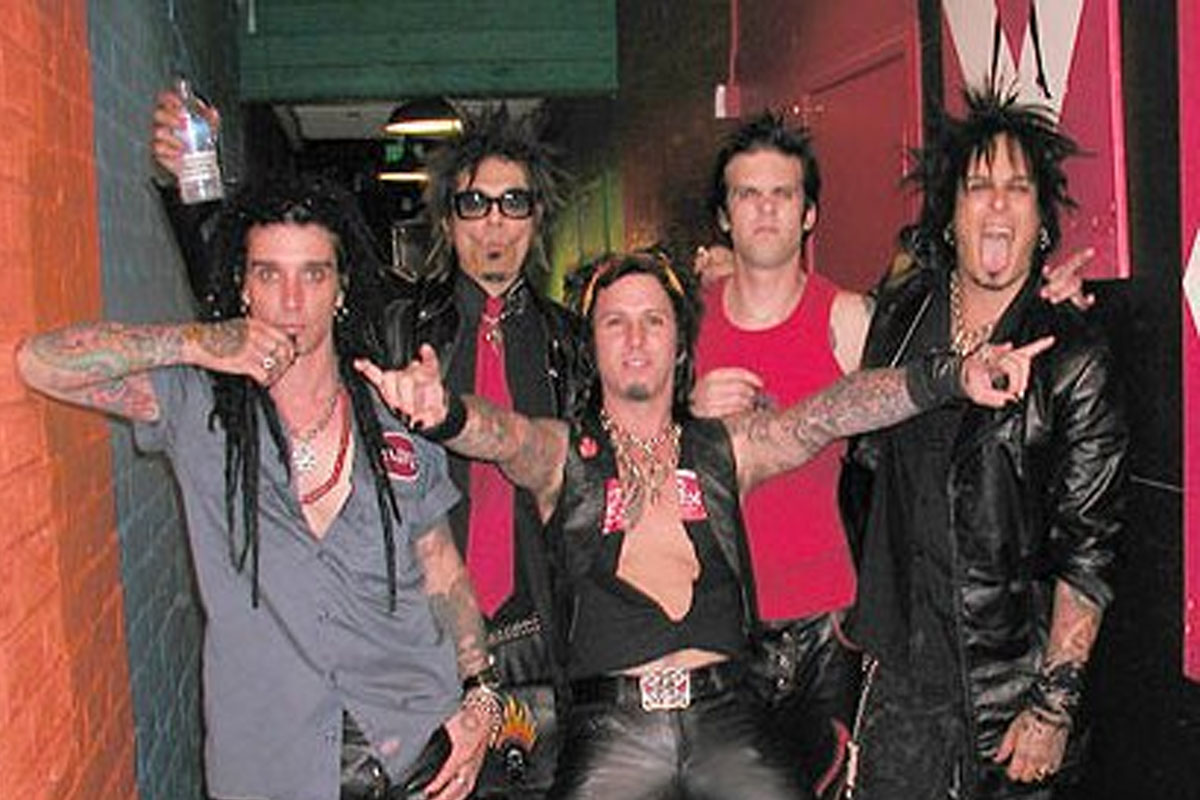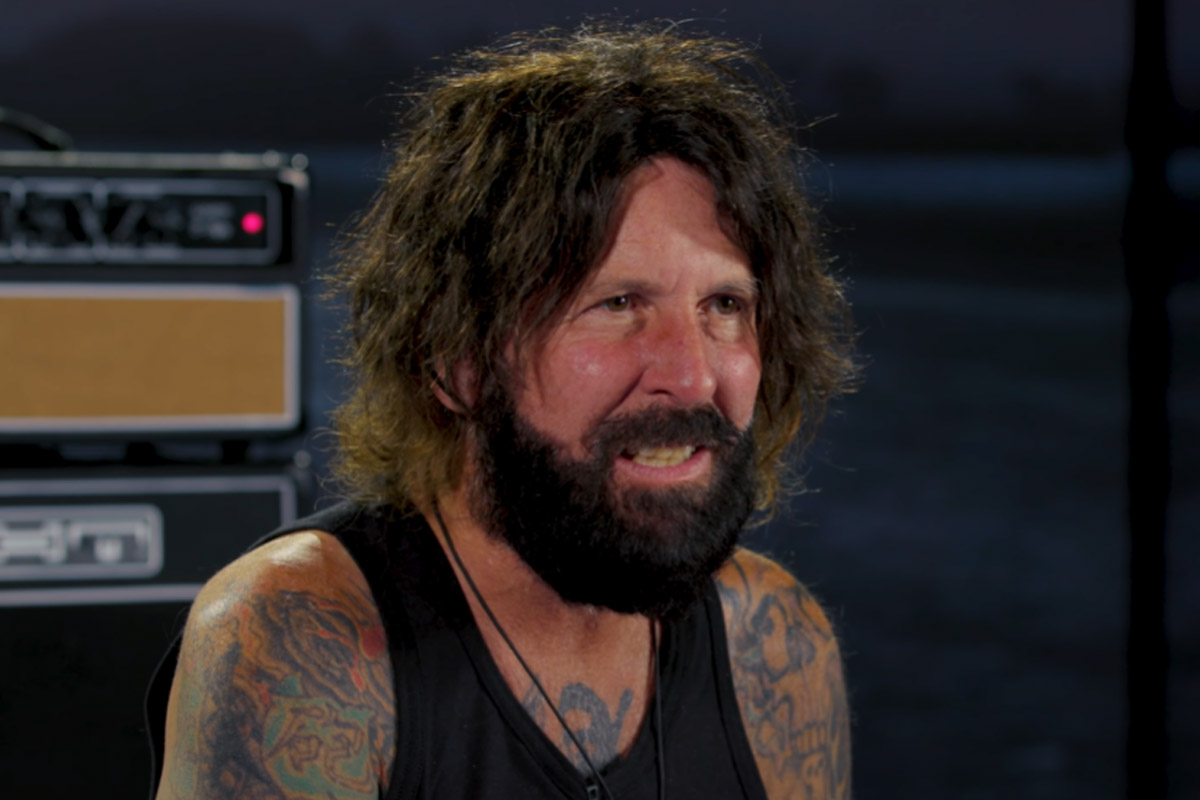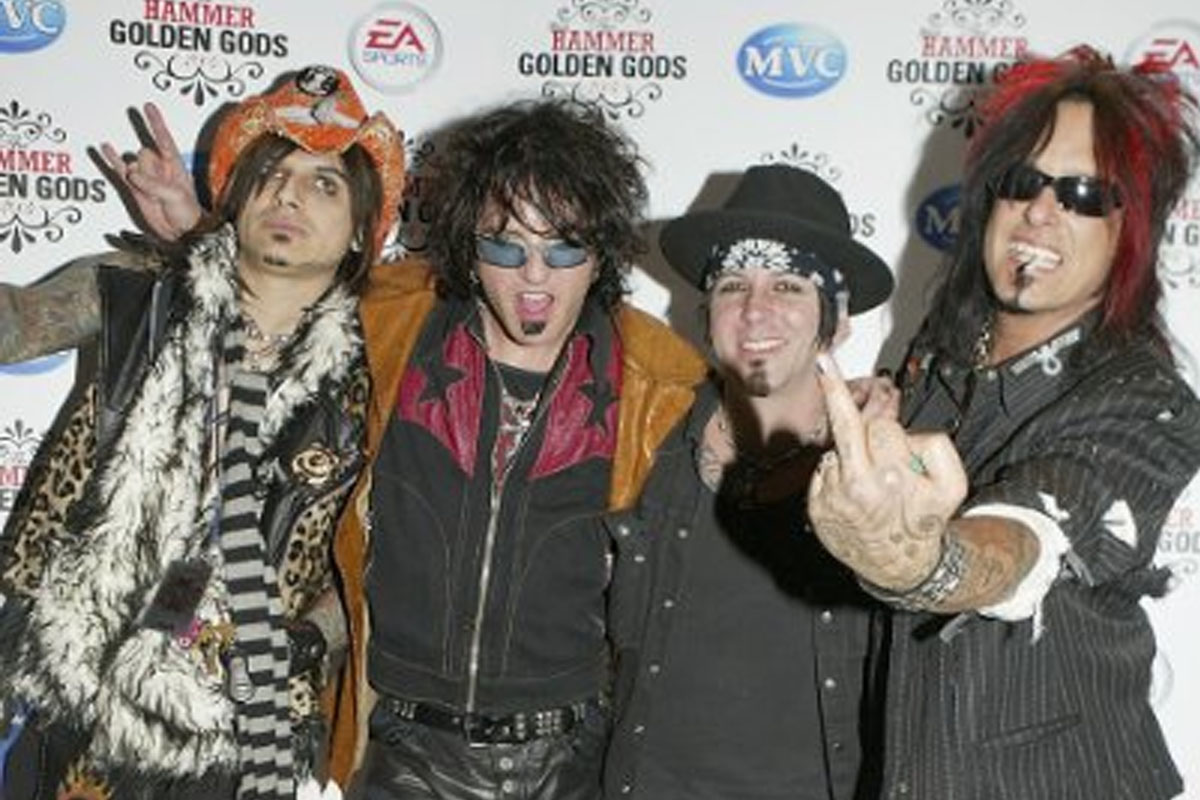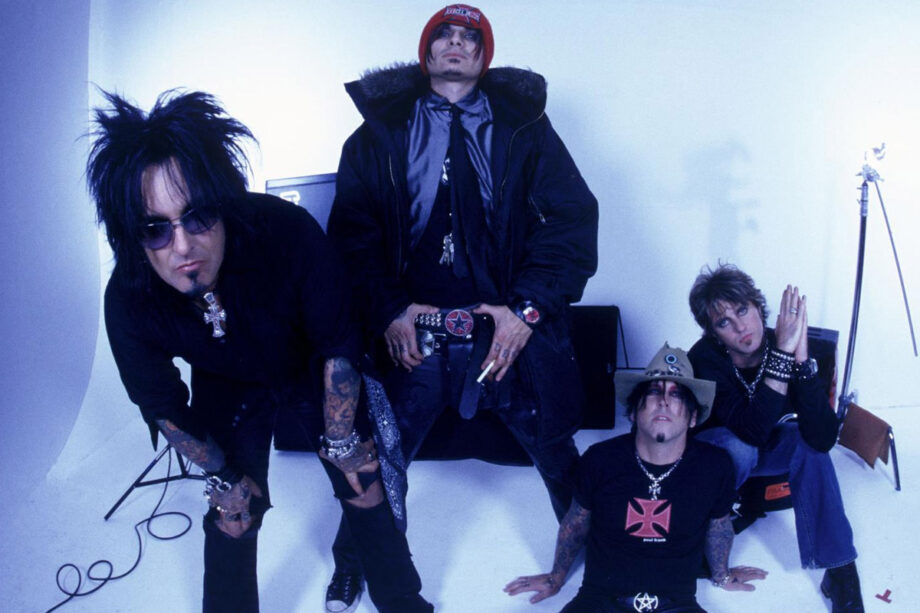Mötley Crüe went on hiatus in the early 2000s. During this time, bassist Nikki Sixx launched a new musical venture that promised to be one of hard rock’s most intriguing supergroups. According to VH1, Sixx collaborated with L.A. Guns guitarist Tracii Guns in 2001. They initially formed a project called Cockstar, which evolved into Brides of Destruction.
The Formation And Early Lineup Changes

The initial incarnation of the band assembled an eclectic mix of established and emerging talents. As documented by AllMusic, the original lineup featured Adema drummer Kris Kohls, keyboardist Adam Hamilton, and Los Angeles vocalist London LeGrand. The band’s composition showed instability from the start. Hamilton departed quickly, leading to John Corabi’s addition as rhythm guitarist.
Period Of Uncertainty And Studio Progress

Both Corabi and Kohls left the project by early 2003. The restructured lineup featured LeGrand on vocals, Guns handling guitar duties, Sixx on bass, and Scott Coogan as session drummer. Side projects and the fluid nature of the group caused interruptions. However, they managed to generate label interest and continue studio work during the summer of 2003.
The Beginning Of The End

According to Roadrunner Records, the band’s trajectory changed decisively in 2005 when Sixx returned to Mötley Crüe for a reunion tour. The band attempted to continue with former Amen bassist Scott Sorry and The Wildhearts’ Ginger as a second guitarist. These lineup changes proved unsustainable. Ginger’s stint lasted barely two months. Sorry departed before the European tour.
Legacy And Discography

Brides of Destruction released two studio albums before their 2006 disbandment: ‘Here Come the Brides’ (2004) and ‘Runaway Brides’ (2005). The project ended as Tracii Guns formed a new band. This group would later become the second incarnation of L.A. Guns, as reported by Blogs N’ Roses.
The story of Brides of Destruction reveals deeper complexities beyond lineup changes and competing commitments.
Creative Tensions And Internal Conflicts

Historical records show significant creative tensions emerged between Tracii Guns and John Corabi during the band’s early days. Corabi’s departure stemmed from limited songwriting input and growing friction with Guns. These factors established a pattern of future instability.
The band’s ambitious vision encountered practical challenges in the studio. BCMCR Research Network documented their debut single ‘Shut the Fuck Up’ struggled to gain traction. Limited radio airplay significantly impacted their commercial momentum at a crucial time.
Commercial Impact And Market Response

Brides of Destruction emerged during shifting trends in the hard rock landscape. Industry analysis from Rock’s Back Pages indicates the supergroup concept faced new challenges. The market had become increasingly fragmented. Established names no longer guaranteed success.
The band struggled to maintain consistency in their sound and lineup. Their experience demonstrated how promising collaborations could fail under multiple pressures. Creative differences, market forces, and competing professional obligations all contributed to their downfall.





